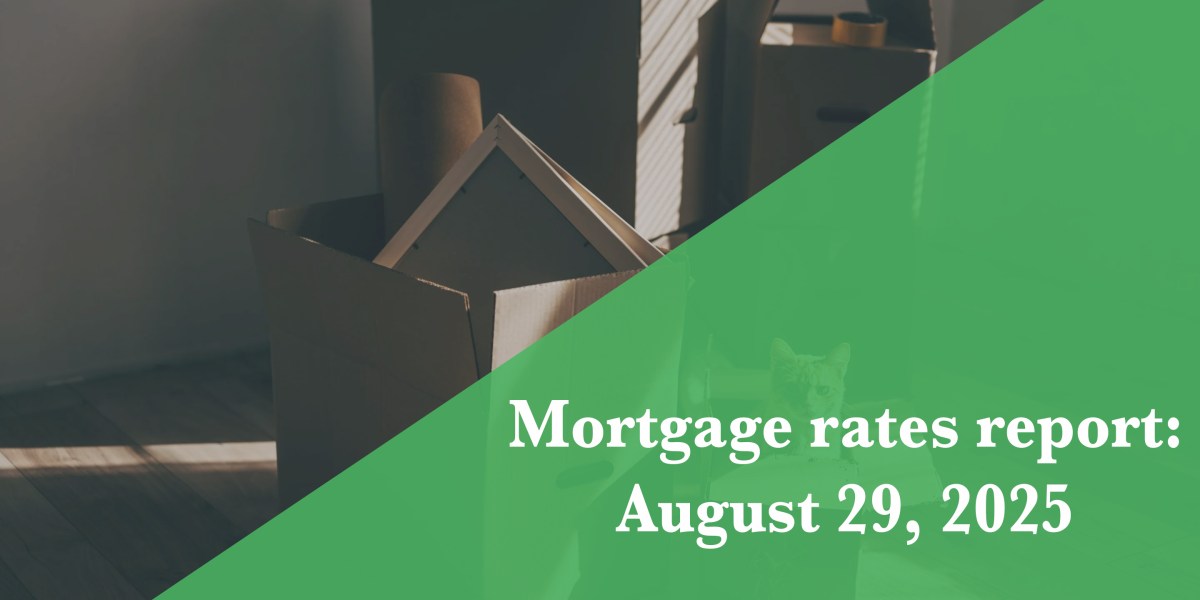Loans
Student loan borrowers in Maryland eligible for up to $5,000 in relief

Maryland Offers Up to $5,000 in Student Loan Relief
What’s Happening?
Maryland is offering a significant lifeline to student loan borrowers, providing up to $5,000 in tax relief for the 2025 tax season. This initiative aims to ease the financial burden on residents struggling with educational debt, marking a bold step toward economic relief.
Where Is It Happening?
The relief program is available exclusively to Maryland residents with student loans.
When Did It Take Place?
Applications for the Student Loan Debt Relief Tax Credit opened for the 2025 tax season, with a deadline of September 1.
How Is It Unfolding?
– Borrowers can apply through the Maryland Higher Education Commission.
– The tax credit is capped at $5,000, offering substantial financial relief.
– Eligibility requirements and application details are available on the Commission’s website.
– The program is part of broader efforts to address student debt across the state.
Quick Breakdown
– **Credit Amount:** Up to $5,000.
– **Application Deadline:** September 1.
– **Who Qualifies:** Maryland residents with student loans.
– **How to Apply:** Through the Maryland Higher Education Commission.
Key Takeaways
Maryland’s Student Loan Debt Relief Tax Credit is a significant move to alleviate the financial strain on borrowers. By offering up to $5,000 in tax relief, the state is providing a tangible way for residents to manage their educational debt more effectively. This initiative underscores the growing recognition of student loan debt as a critical issue impacting economic stability and personal well-being.
This program could set a precedent for other states grappling with the student debt crisis. However, critics argue that more comprehensive federal solutions are still needed.
– Rachel Carter, Financial Policy Analyst
Final Thought
**Maryland’s Student Loan Debt Relief Tax Credit is a game-changer for borrowers, offering much-needed financial relief. By acting now, residents can take advantage of this opportunity to reduce their debt burden and build a more stable financial future. This initiative highlights the importance of state-level solutions in addressing systemic economic challenges.**




















